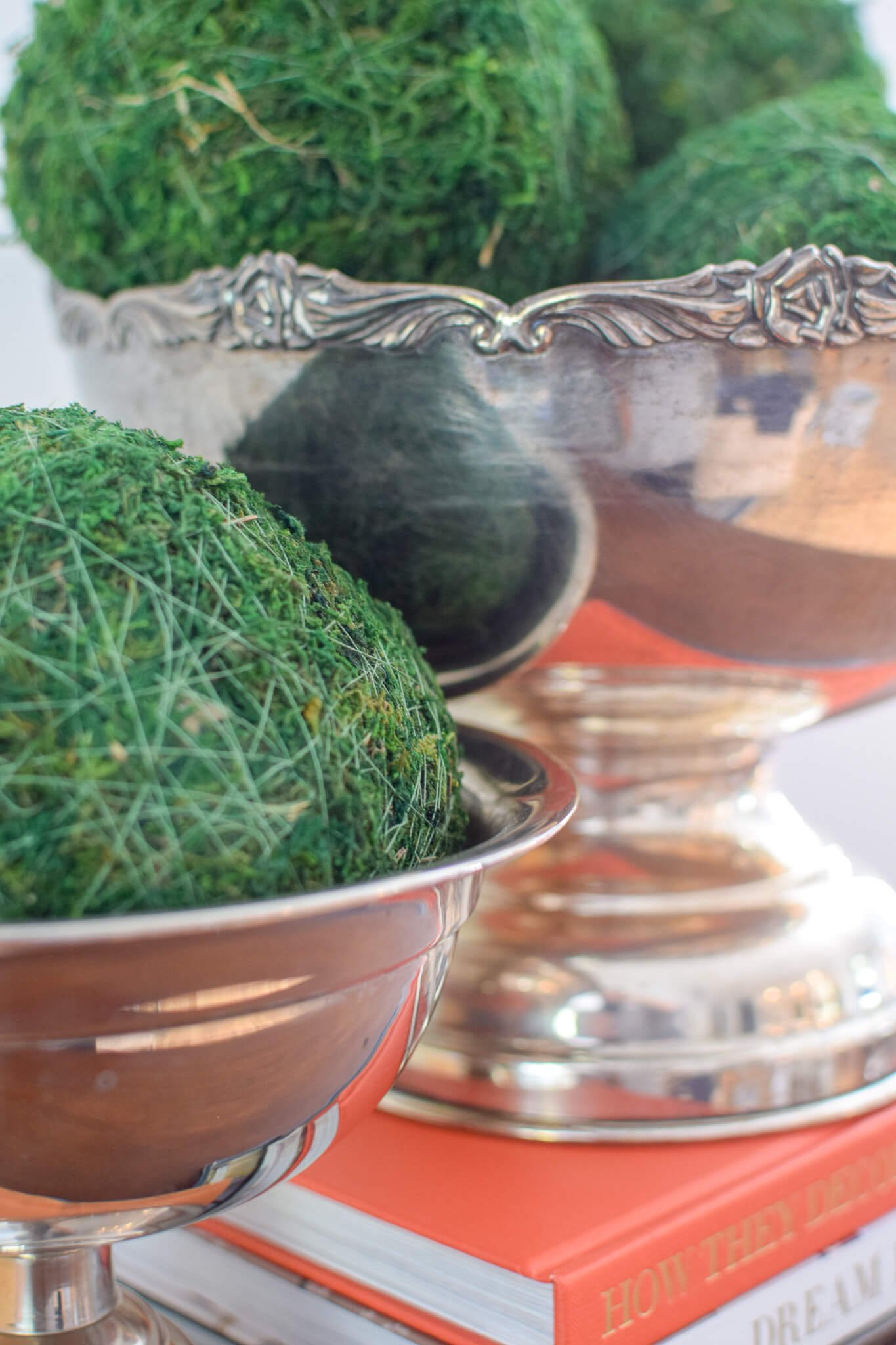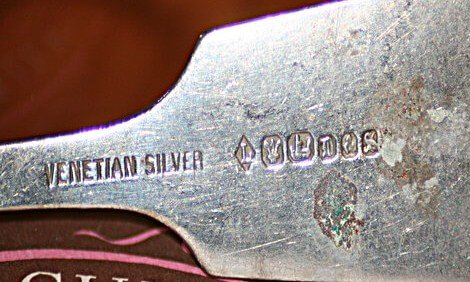What are the different types of silver and how do you identify them?
One of the first things I learned when I started doing my hard core thrifting and flea gig was the various types of silver. While I am still no expert, I have learned how to better interpret all those crazy stamps on the back of pieces. I thought it would be helpful to go through and really dive in so you can, hopefully, start identifying what you are holding. Let me just say right here that most of this information was collected from Martha Stewart. (Obvs).
Types of Silver
There are many types of silver and silver compounds and alloys and bears and tigers, oh my. For the purpose of what you are likely to encounter at thrift stores, estate sales and flea markets....here is where we are going to focus.
I know what you must be thinking, God help us, here she goes again with another one of her flow charts. I can't help it, I am a visual learner!!!
Sterling Silver
For something to be considered Sterling Silver, it must be made of at least 92.5 silver. According to Martha, this standard of 92.5% silver to 7.5% of another alloy (usually copper as I understand) was established in England and adopted by nearly everyone by 1868.
If you see the stamp at the bottom of piece marked "925" then it is sterling. (The 925 signifies the 92.5 percent of silver).
Coin
Some of the earliest forms of American silver is coin. It contains 90 percent silver. It gets a bad wrap as not being as valuable. But, depending on the age and condition, it can be just as valuable as Sterling Silver. Remember, it only contains about 2 percent less silver than Sterling.
Non Sterling
Here are some common marks:
EPNS (Electroplated Nickle Silver) is an alloy of nickel, copper and zinc that is covered in a layer of silver through a fancy electrochemical method. The electroplating process was invented in England back in 1830s and 1840s.
Venetian Silver contains a blend of silver and the base metal is not plated. It does not have as much silver as sterling or coin.
Treble Plate has a base metal that is covered with three layers of silver plate.
Hotel Silver is my favorite . It is an electroplate silver made for hotels and railways.
Silver Soldered and Sterling Inlaid is basically the same thing as saying "Silver Plate."
Now that we understand the composition of these various types of metals ....now we will explore how to read all the marks on the bottom of the pieces so you can tell where and when a piece was made in the post here!









